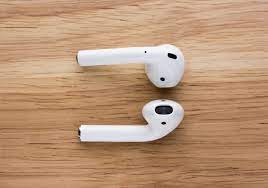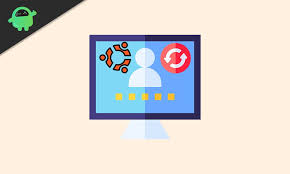Advertisement
latest developments in robotics, including autonomous vehicles, drones, and robots used in healthcare and manufacturing.
Advertisement
Advertisement
In recent years, there have been significant advancements in robotics across a wide range of industries. In this blog, we will explore some of the latest developments in robotics, including autonomous vehicles, drones, and robots used in healthcare and manufacturing.
Autonomous Vehicles:
Autonomous vehicles, also known as self-driving cars, have been in development for several years. Technology has come a long way and has made significant progress in recent years.
Several major car manufacturers are testing autonomous vehicles, and some have even begun rolling them out to the public.
For example, Tesla has already released several models with Autopilot, an advanced driver-assistance system that allows the car to steer, accelerate, and brake on its own.
However, autonomous vehicles are not just limited to cars. Autonomous trucks are also being developed, which could revolutionize the shipping and transportation industries.
With the ability to operate 24/7 without the need for human drivers, autonomous trucks could significantly reduce shipping times and costs.
Drones:
Drones, or unmanned aerial vehicles (UAVs), have been widely used for several years, but recent advancements in technology have expanded their capabilities.
In addition to their traditional uses in photography and videography, drones are increasingly being used in industries such as agriculture, construction, and search and rescue.
In agriculture, drones are used to monitor crop health and growth, as well as to spray crops with pesticides or fertilizers. This technology allows farmers to save time and money, as well as reduce the environmental impact of traditional farming methods.
In construction, drones are used to survey job sites and monitor progress. They can also be used to inspect buildings and infrastructure, which can help identify maintenance needs and potential safety hazards.
Healthcare and Manufacturing:
Robots are also being used in healthcare and manufacturing industries, where they can increase efficiency and accuracy.
In healthcare, robots are used to assist with surgeries and other medical procedures, as well as to perform routine tasks such as cleaning and disinfecting. Robotic exoskeletons are also being developed to help patients with mobility issues.
In manufacturing, robots are used to perform repetitive or dangerous tasks, such as welding or painting. They can also be used for quality control, inspecting products for defects or inconsistencies.
Space Exploration:
Robots are increasingly being used in space exploration to perform tasks that are too dangerous or impractical for humans. For example, NASA's Mars rovers have been instrumental in studying the Martian surface and collecting data on the planet's geology and climate.
In addition, robots are being developed to assist with tasks such as maintenance and repair on the International Space Station.
Artificial Intelligence:
Artificial intelligence (AI) is playing an increasingly important role in robotics. Machine learning algorithms are being used to enable robots to adapt to changing environments and learn from their experiences.
This is especially important in industries such as manufacturing, where robots need to be able to recognize and adapt to new parts and products.
Collaborative Robots:
Collaborative robots, also known as cobots, are robots that are designed to work alongside humans in a shared workspace.
These robots are typically smaller and more flexible than traditional industrial robots and are equipped with sensors and other safety features to prevent collisions with humans.
Cobots are being used in industries such as manufacturing, where they can assist with tasks such as assembly and packaging.
Social Robots:
Social robots are robots that are designed to interact with humans in a social or emotional context. These robots are being developed for a variety of applications, including healthcare and education.
For example, social robots are being used in some hospitals to provide companionship and emotional support for patients.
Conclusion:
The latest developments in robotics are changing the way we live and work. Autonomous vehicles and drones are revolutionizing transportation and logistics, while robots are increasing efficiency and accuracy in healthcare and manufacturing.
As technology continues to advance, we can expect to see even more exciting developments in the field of robotics.




